Nickel-based corrosion-resistant alloys are mainly composed of rare alloying elements such as N.Or, Mo, and Cu, which are expensive and limit their application range. However, in high temperature and strong corrosion environment, especially in high temperature environments and non-oxidizing acid corrosion environment, nickel-based corrosion-resistant alloys still have an irreplaceable position by other materials, which also leads to the wide applications of stainless nickel and alloy piping.
Pure Nickel (Ni)
Pure nickel has high strength and plasticity, good ductility and malleability. Higher meting pint, better resistance to high temperature-oxidation. And it belongs to a metal material with relatively high thermodynamic stability. Generally speaking, nickel has good corrosion resistance in non-oxidizing acids,alkali solutions and salt solutions, but due to its weak passivization performance, its corrosion resistance in oxidizing medium is poor.
Nickel is stable in caustic (Na-OH and KOH) solutions at all concentrations and temperatures, and is the best material for resisting corrosion by concentrated and molten alkali. Nickel also has good alkali bite fracture resistance. Therefore, the caustic soda industry often uses pure nickel to make alkali distillation, storage and refining equipment.
The chemical stability of nickel is higher than that of ions. Adding copper, molybdenum and other elements to nickel can further improve the thermodynamic stability of nickel, and obtain nickel-copper or nickel-molybdenum alloys with excellent resistance to reducing acid corrosion. The oxidation resistance of nickel can be improved by adding passivating agents such as chromium, silicon, aluminum and nickel.On this basis, a series of corrosion-resistant nickel-based alloys have been developed.Compared with stainless steel materials,these alloys have obvious advantages in corrosion resistance, and the performance of pitting corrosion and stress corrosion cracking is significantly improved, especially in high temperature reduction. For acid corrosion, no other engineering metal material can replace nickel-based corrosion-resistant alloys.
Nickel-Copper Alloy (Ni-Cu)
Copper is a metal with high thermodynamic stability. The addition of copper can improve the corrosion resistance of nickel in reducing medium, especially hydrofluoric acid, but it will reduce the corrosion resistance of nickel. Corrosion resistance in oxidizing medium and oxidation resistance in air.
The most commonly used nickel-copper corrosion-resistant alloys contain Cu 28% to 34%.Monel 400 is a corrosion-resistant nickel-copper alloy with the largest amount,the most widely used and the best comprehensive properties.t is mainly composed of 30% Cu,65% Ni and a small amount of Fe (1%~2%)Single-phase austenite structure.
Nickel-Chromium Alloy(Ni-Cr)
Chromium is an element that is easy to passivate. Adding chromium can improve the passivation performance of the material, improve the corrosion resistance of the material, especially the performance of resistance to oxidizing acid and oxidizing saturated solution, as well as resistance to oxidation, sulfidation and V (vanadium) gas. Improved hot corrosion performance. Increased strength and hardness at the same time. However, the Cr content is generally greater than 10% or 20% to produce significant effects. In the strong oxidizing hot concentrated nitric acid medium, the Cr content must be as high as 35% to 50% to achieve the effect of corrosion resistance.
The typical nickel-chromium Inconel 600, has better corrosion resistance in some weak acids, dilute oxidizing and reducing acids.
Inconel 600 has a simple composition and is easy to produce. It is the cheapest of nickel-chromium alloys and the most used alloy in this series of alloys.
Nickel Molybdenum Alloy(Ni-Mo)
The addition of molybdenum improves the corrosion resistance of nickel in reducing acids, specially hydrochloric acid. Generally, hen the Mo-content is 215%, the corrosion resistance of the ally can be significantly improved, and when the Mo content reaches 30% , the best effect. Nickle.Molybdenum alloys have poor corrosion resistance in oxidizing acid solutions.
A typical nickel molybdenum alloy may be Hastelloy B. Its remarkable advantage is that it is particularly resistant to corrosion in hydrochloric acid, and it can resist corrosion in hydrochloric acid of any concentration at any temperature in the absence of air under normal pressure. In addition, Hastelloy B has good corrosion resistance in alkali and solid solution, but once it is welded in solid solution, it will have a serious tendency of intergranular corrosion in hydrochloric acid and sulfuric acid. Even solution treatment by rapid cooling cannot prevent this intergranular corrosion tendency.
Nickel-Chromium-Molybdenum Alloy(Ni-Cr-Mo)
Nickel-copper and nickel-molybdenum alloys have good corrosion resistance in reducing media, but poor corrosion resistance in oxidizing media. On the contrary, nickel-chromium alloys have good corrosion resistance in oxidizing media and poor corrosion resistance in reducing media. In order to improve the deficiencies of both, a nickel-chromium-molybdenum alloy was developed. The alloy contains a large amount of elements such as Cr and Mo, and has a single-phase austenite structure, which has good corrosion resistance in both oxidizing and reducing media. The Cr content in the nickel-chromium-molybdenum alloy is 7% to 22%, and the Mo content is 2% to 18%. Some alloys also contain W, Co, Ti, Nb and other elements. A typical nickel-chromium-molybdenum alloy is Hastelloy C as an example.
As a pro nickel alloy pipe manufacturer in china, YUHONG GROUP can provide you with quality stainless nickel and alloy piping solutions. Feel free to contact at any time.
.jpg)
.jpg)

 English
English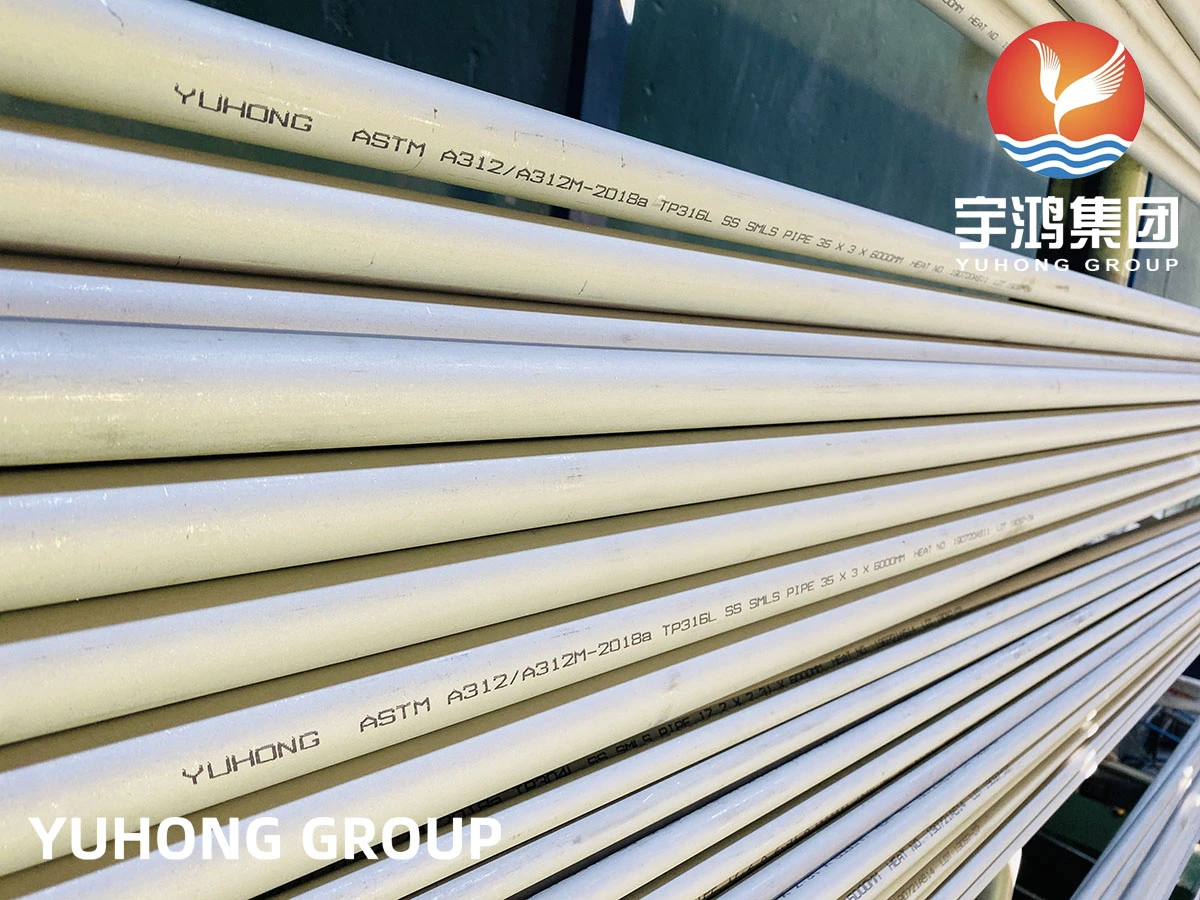
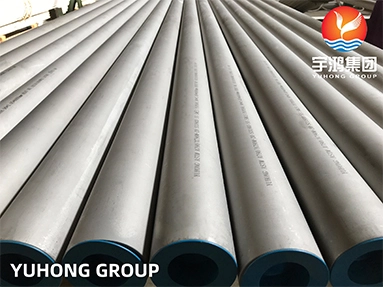
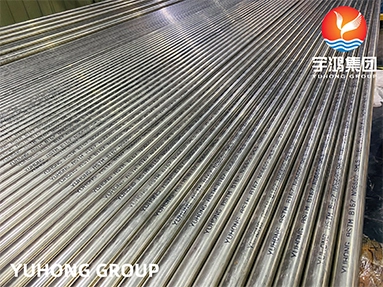
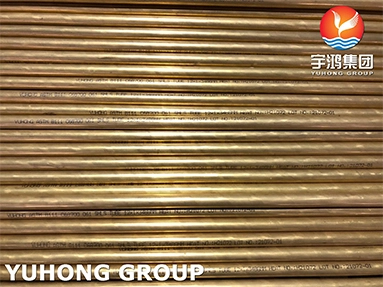
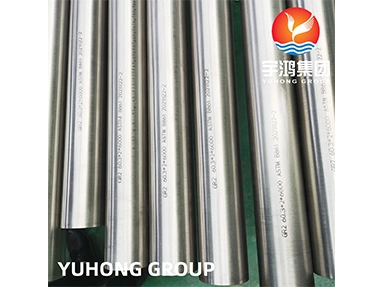
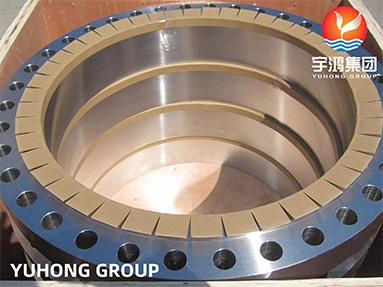
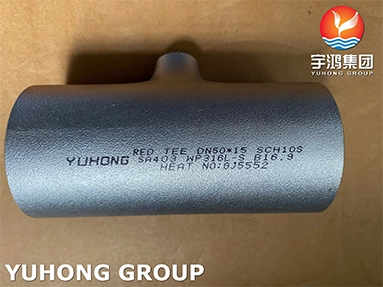
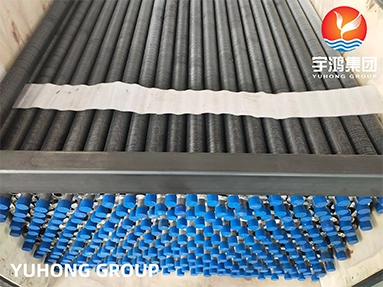
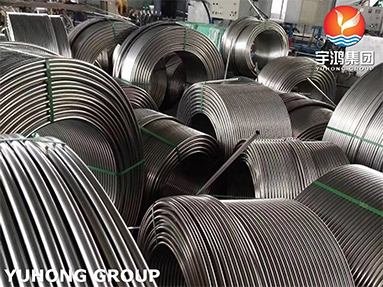


.jpg)
.jpg)
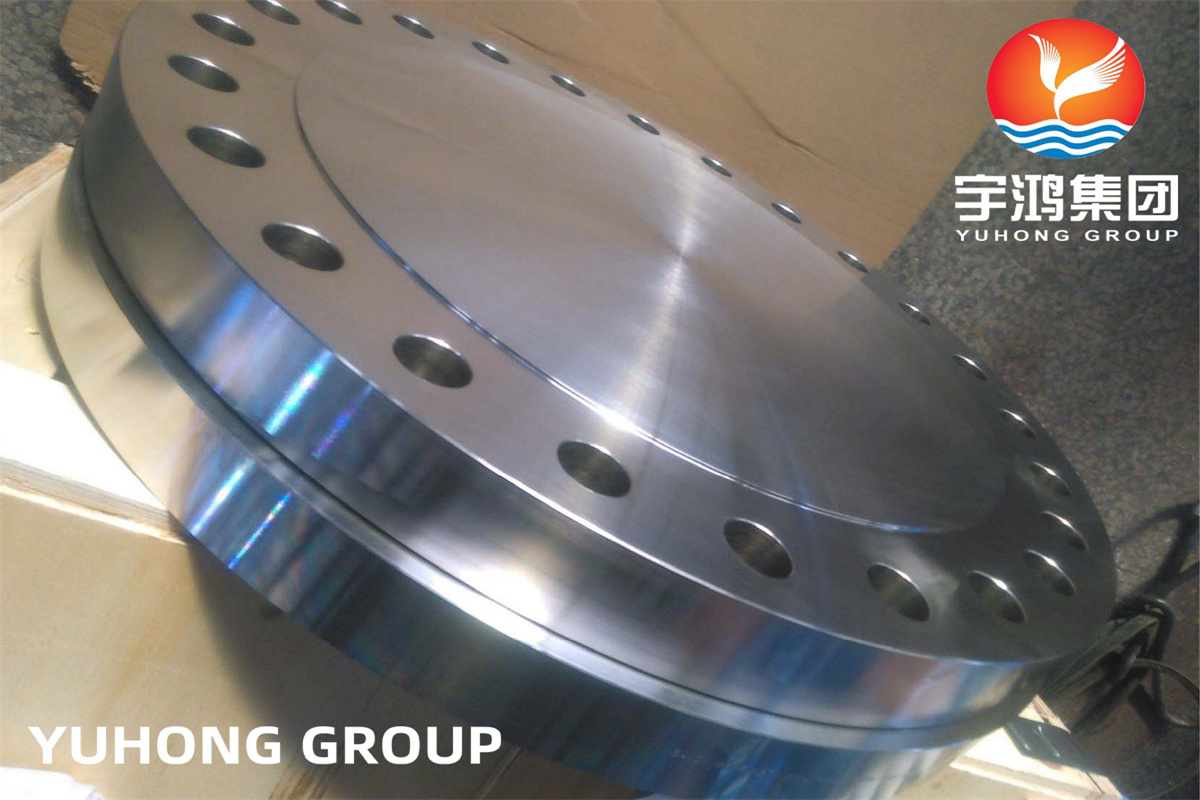
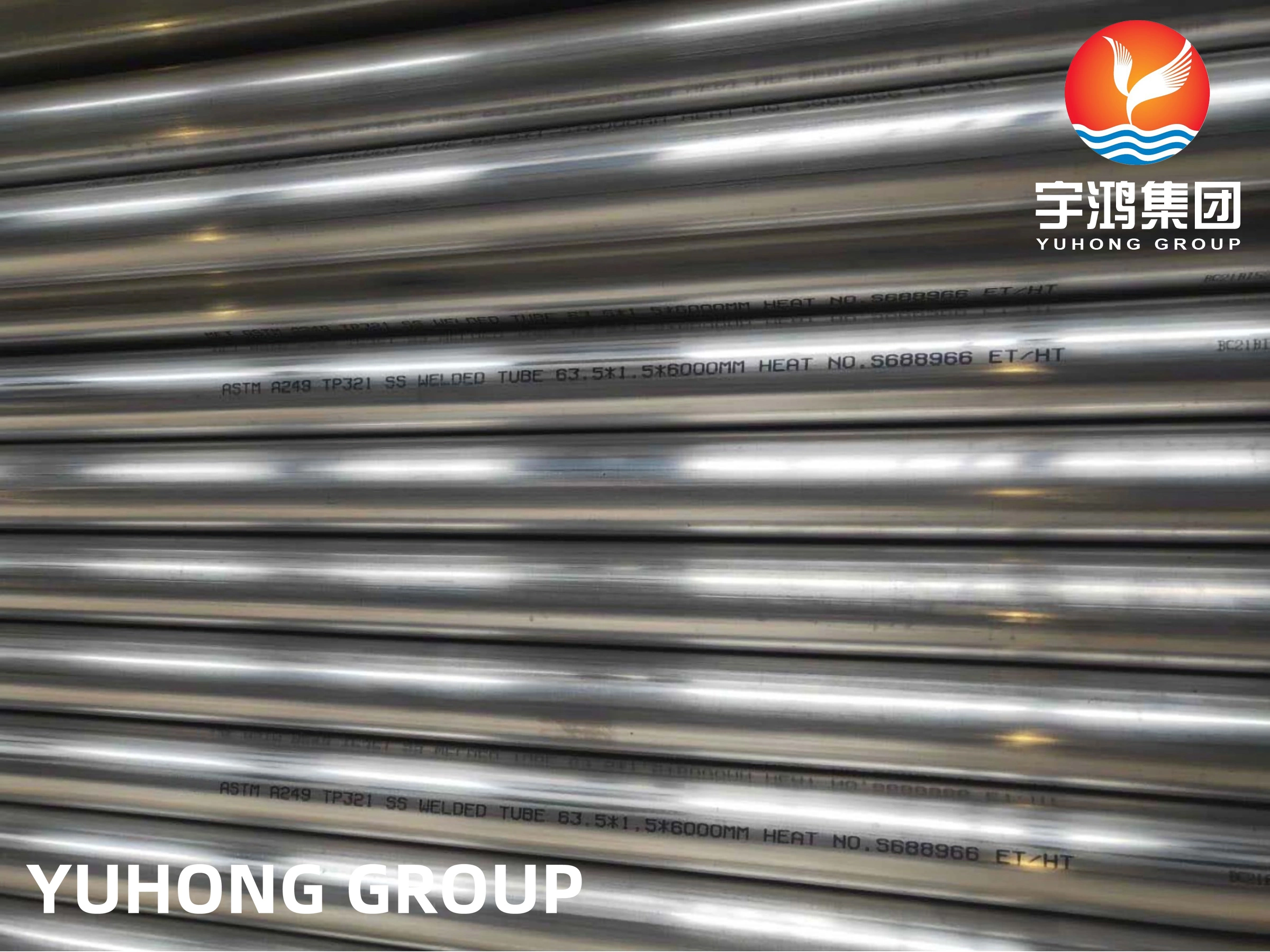
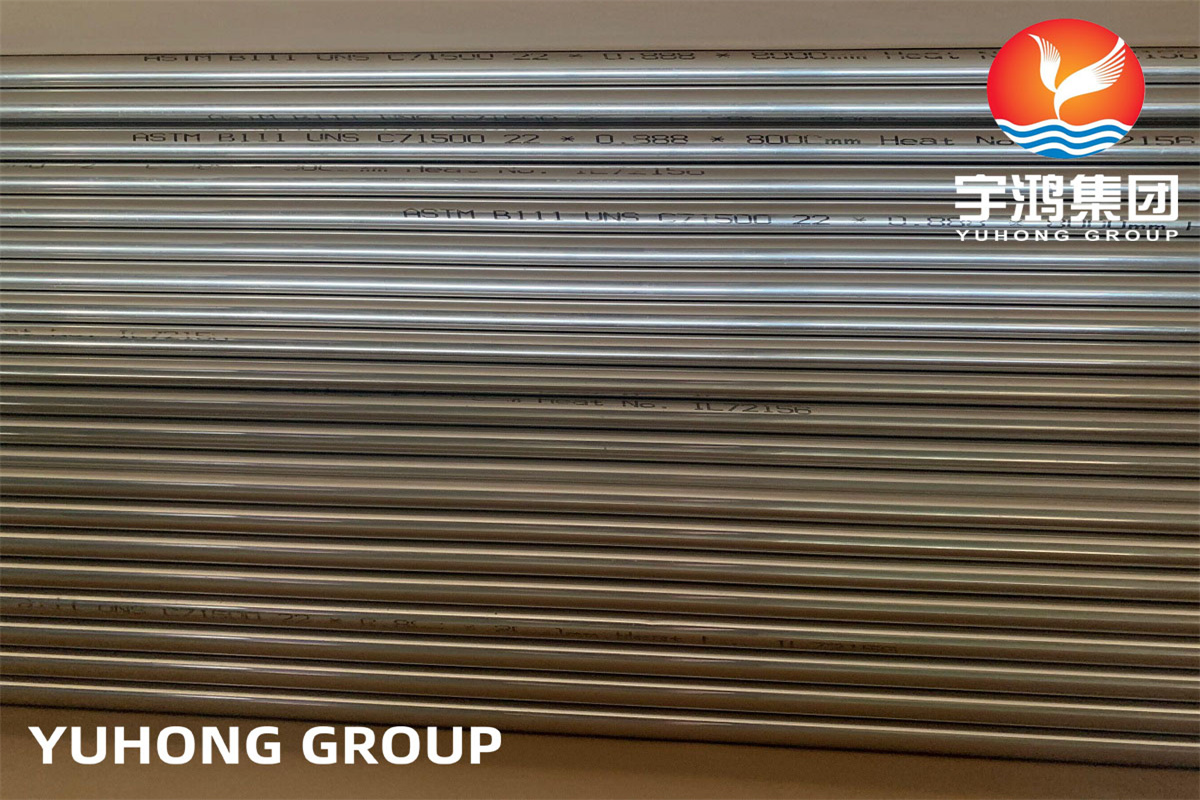
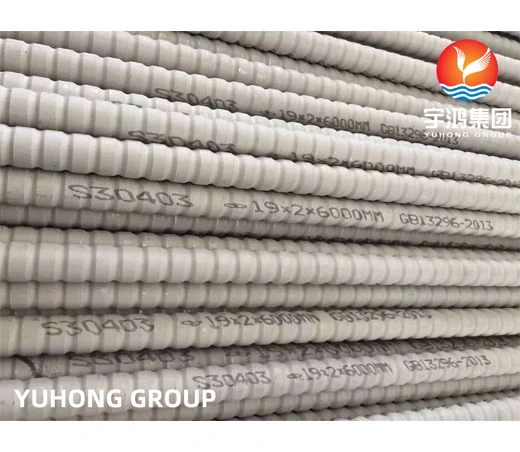
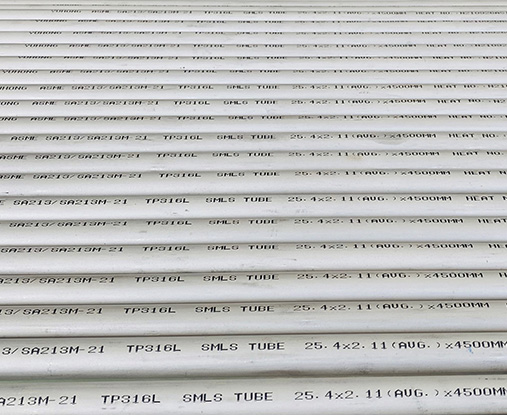
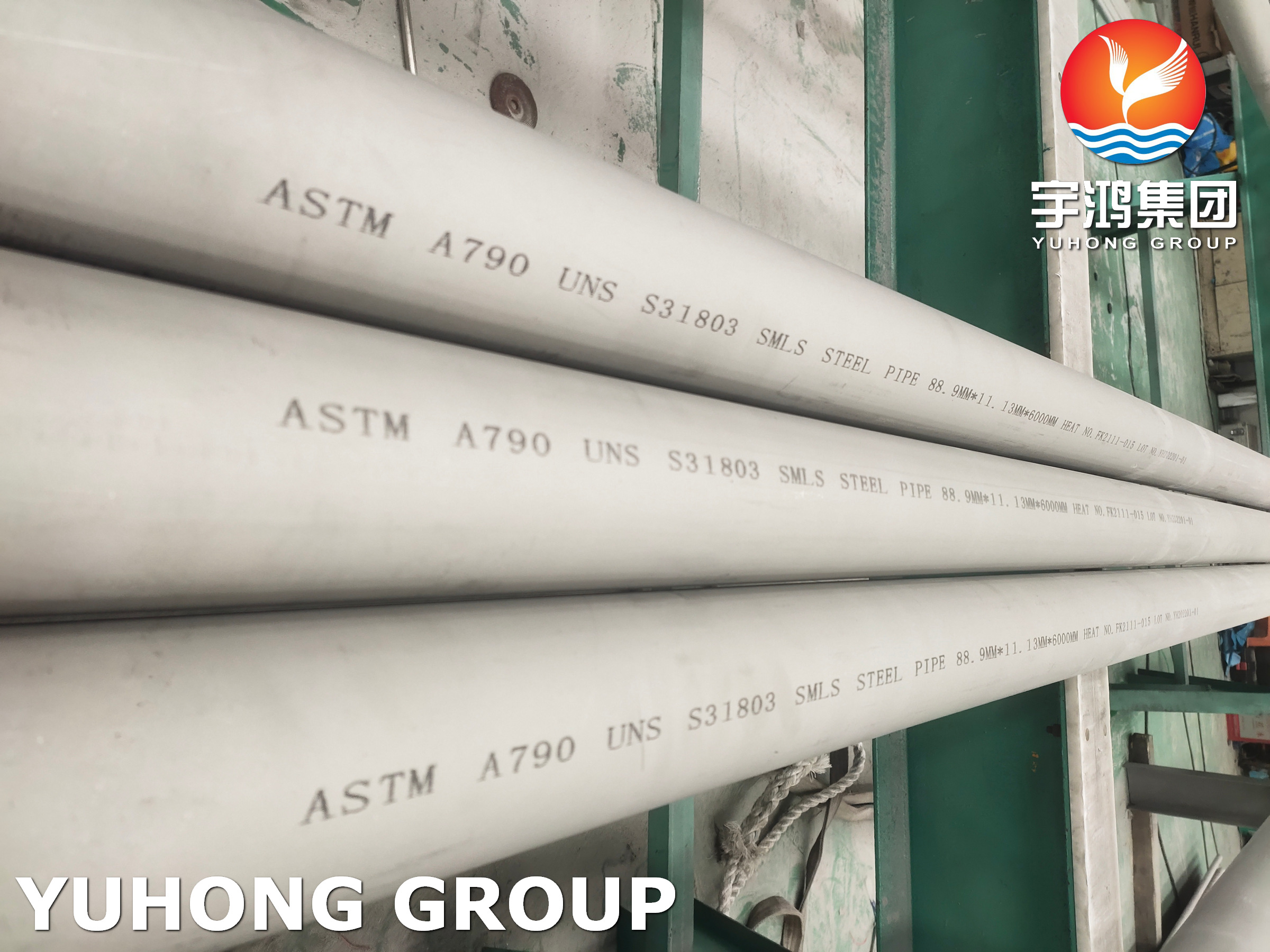
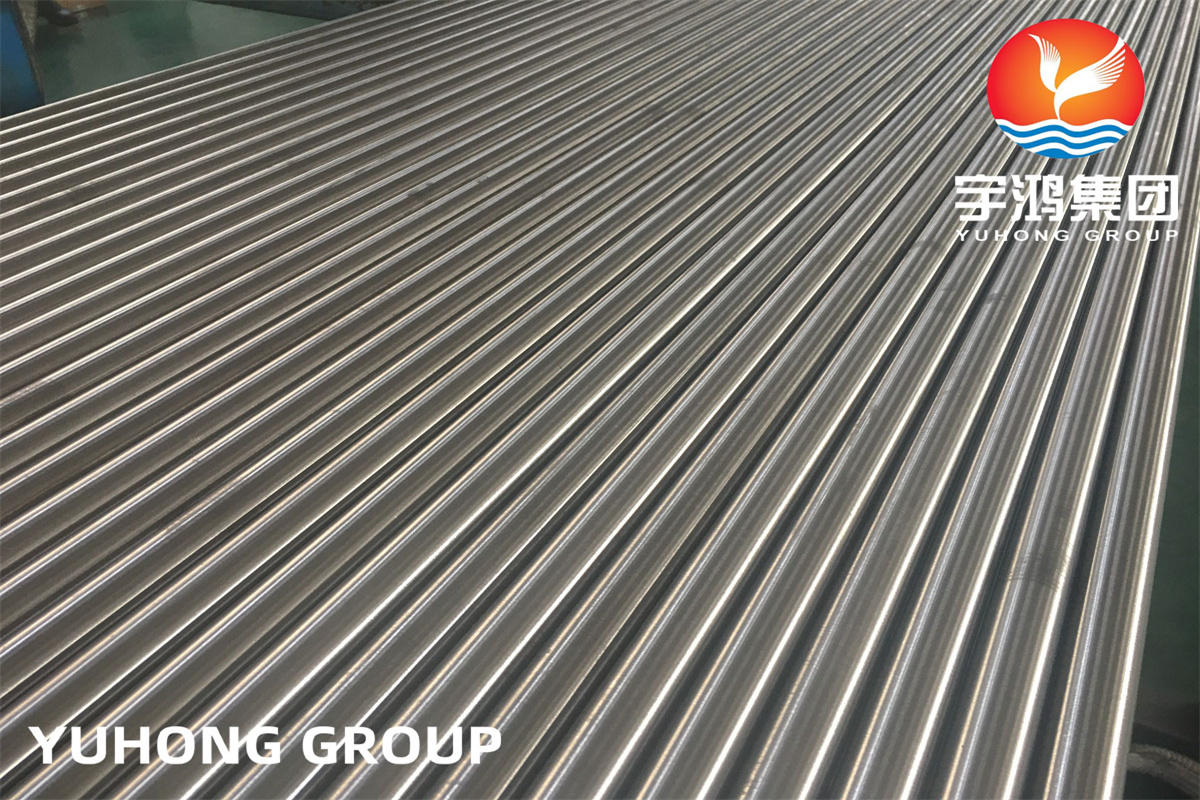

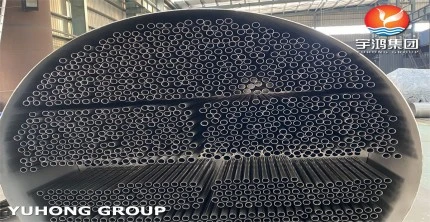
_副本.webp)